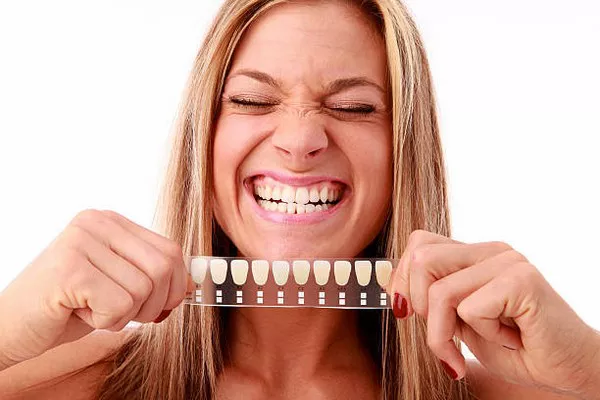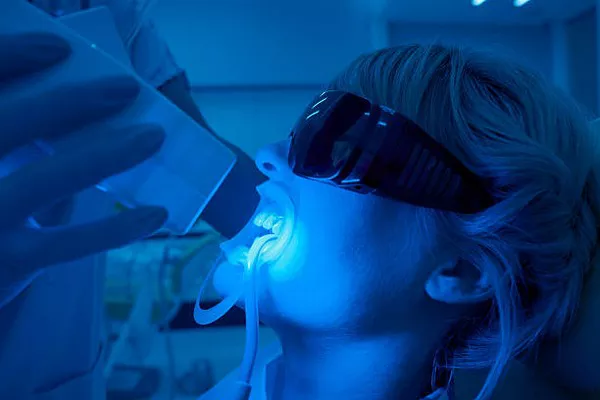Teeth whitening has become increasingly popular as a way to enhance dental aesthetics and achieve a brighter smile. However, there are important considerations regarding the safe and effective use of whitening products, particularly in relation to leaving whitening gel on overnight. This article explores why overnight whitening is generally not recommended, the risks involved, alternative approaches, and safe practices for at-home teeth whitening.
Leaving Whitening Gel Overnight is Not Recommended
Direct Answer: Most at-home teeth whitening kits are not designed for overnight use and leaving them on for extended periods can be harmful.
Explanation: Whitening gels typically contain active ingredients like hydrogen peroxide or carbamide peroxide, which are responsible for breaking down stains on teeth. However, these ingredients can also irritate sensitive gum tissues and damage enamel if exposed for too long. Prolonged exposure may lead to increased tooth sensitivity and potential long-term damage to dental health.
Recommended Usage Time
Follow Product Instructions: It is crucial to adhere to the instructions provided with the whitening kit to ensure safe and effective use.
Typical Duration: Most at-home whitening products recommend application for 30 minutes to an hour per day, depending on the strength of the gel and the desired level of whitening.
Frequency: Generally, these products are used daily for a few days to a few weeks until the desired results are achieved. Overuse or prolonged application beyond recommended guidelines can lead to adverse effects.
Potential Risks of Overnight Application
Gum Irritation: The whitening gel, when left on overnight, can cause significant irritation to the gums. This irritation may manifest as pain, inflammation, or even sores along the gum line.
Tooth Sensitivity: Extended exposure to the whitening agent increases the likelihood of tooth sensitivity. Teeth may become more sensitive to temperature changes, particularly to hot or cold foods and beverages.
Enamel Damage: Prolonged contact with the whitening gel can potentially weaken the enamel, the protective outer layer of teeth. Damaged enamel is more susceptible to staining and decay, compromising dental health in the long run.
Alternative Approaches
Consult a Dentist: For personalized advice on teeth whitening, including suitable products and application methods, consulting a dentist is recommended. Dentists can assess oral health conditions, recommend professional-grade whitening options, and ensure safe treatment.
Professional Whitening: In-office whitening treatments administered by dental professionals are generally safer and more effective than at-home kits. These treatments utilize higher concentrations of whitening agents under controlled conditions to minimize risks and maximize results.
Safe Practices for At-Home Whitening
Use a Mouth Guard: To protect gums from potential irritation, consider using a custom-fitted mouth guard. This guard helps to ensure that the whitening gel stays in contact with teeth surfaces while minimizing contact with sensitive gum tissues.
Avoid Over-Application: Apply the whitening gel sparingly and only to the surfaces of teeth specified in the product instructions. Over-application can lead to unnecessary exposure and increase the risk of adverse effects.
Limit Frequency: Adhere to the recommended frequency of application as stated on the product packaging or by your dentist. Using whitening products too frequently can damage enamel and worsen tooth sensitivity over time.
Watch for Signs of Irritation: Monitor your oral health during and after whitening treatments. Discontinue use if you experience persistent discomfort, gum irritation, or heightened tooth sensitivity, and seek advice from your dentist promptly.
Conclusion
By understanding the risks associated with leaving whitening gel on overnight and adopting safe practices for at-home whitening, individuals can achieve a brighter smile effectively while safeguarding their dental health. Prioritizing oral hygiene, consulting dental professionals, and following recommended guidelines ensure that teeth whitening efforts contribute positively to overall oral well-being and aesthetic satisfaction.
You Might Be Interested In
































